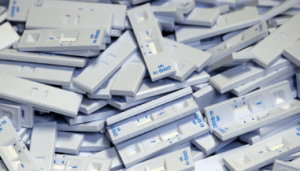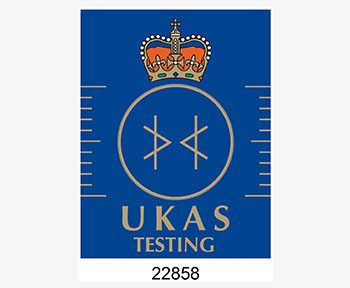How many Covid-19 kits other than the PCR Travel test do you know by now? Which check would you prefer over the other? Read on to choose the ideal one for your needs.
A debate between Medical Options
Most people would choose to take a saliva check. One can do these examinations quickly. Besides, one can see the presence of the virus as long as the patient can spit. Conversely, a swab can emerge from an infected individual without picking up any virus.
Logistically speaking, research is less difficult than swab examinations. The tube may be sent to the threshold and retrieved or returned by courier. It is a far more reliable method; it protects against the infection, while within a day or two, a swab must return to the lab. Handling it is far safer when people spit into a container of preservatives and chemicals. The virus is destroyed, retaining its RNA, while swabs preserve infectious particles.
How far are we?
At the moment, to get reliable results, we must focus on intrusive swabs and laboratory PCR. Introducing more extensive monitoring with a saliva check will help us search for asymptomatic patients, allowing us to diagnose individuals with the virus until they show signs, potentially when they are most contagious.
Wyllie states that the samples are particularly sensitive, as the early signs are. The FDA has used emergency legislation to approve saliva-based Covid-19 tests. We also don’t know if there are antibodies. This will be a good improvement, particularly if it’s self-administered. It’s simpler to spit than to draw blood. The UK has strained with testing ability in the early days of the pandemic. Globally, reagents and swabs were missing.
The UK stopped community implementation on 12 March 2020. In addition, discontinuation means that residents of care homes — even those with Corona symptoms — and care workers in their homes can not be examined when the spread of the virus is at its most rapid,” the Science and Technology Select Committee wrote. On 2 April, Hancock marked the desire to provide 100 000 samples a day before the end of the month. Capacity at that time ranged from approximately 10 000 a day.
Final Thoughts
The supply problems seem to be solved. Hibberd suggests a successful potential paradigm will require a mix of short experiments to classify viral proteins or genomes and traditional laboratory research. “Ideally, we will use rapid tests to detect cases of the virus on a routine basis, and that will open the possibility of screening workplaces, airports, etc.,” Hibberd said. The early identification of the virus should be feasible with a weekly monitoring plan at work, with a turnaround of 15 minutes. This would reassure employees.
It would also allow contact tracking early. We may reserve laboratory examinations for hospitals and monitoring. Much depends on how quickly checking for susceptibility and the scale of the population will come near to a PCR travel test. Examining 100 participants will take ten times longer. A 15-minute tour suggests two h 30 min for ten people. This would not be adequate to check alone; you will always ensure that the communication monitoring program is effective and that people cooperate with the regulations. We can control the virus if all three components work in tandem. South Korea and Singapore are Hibberd’s examples.










